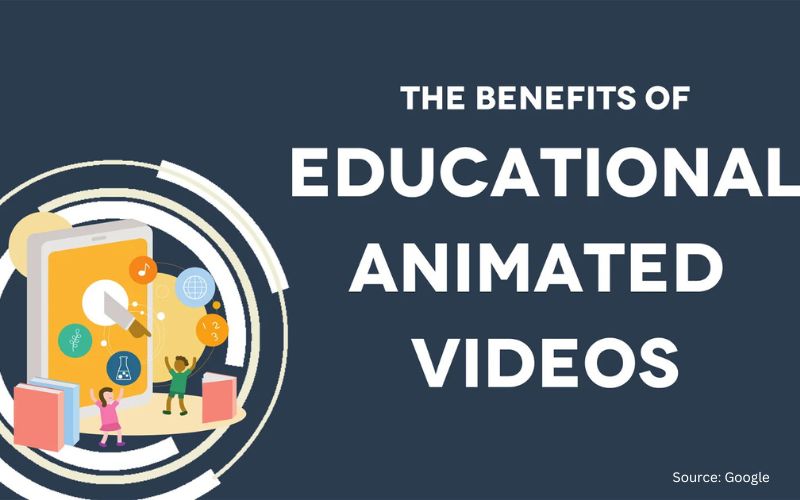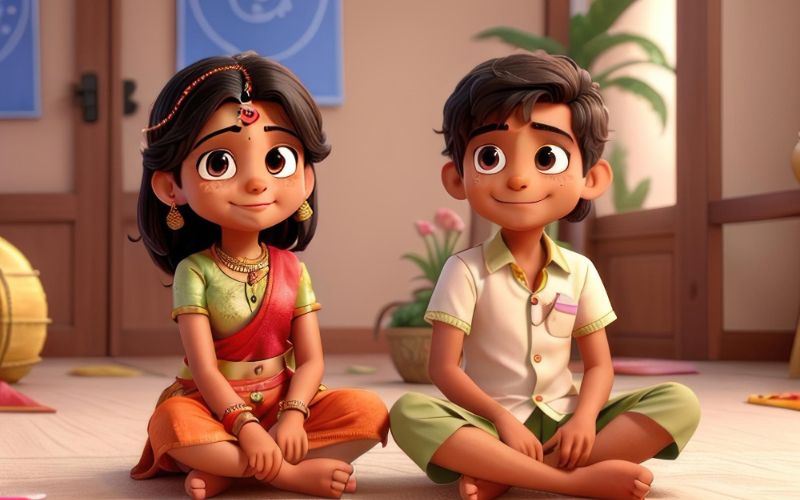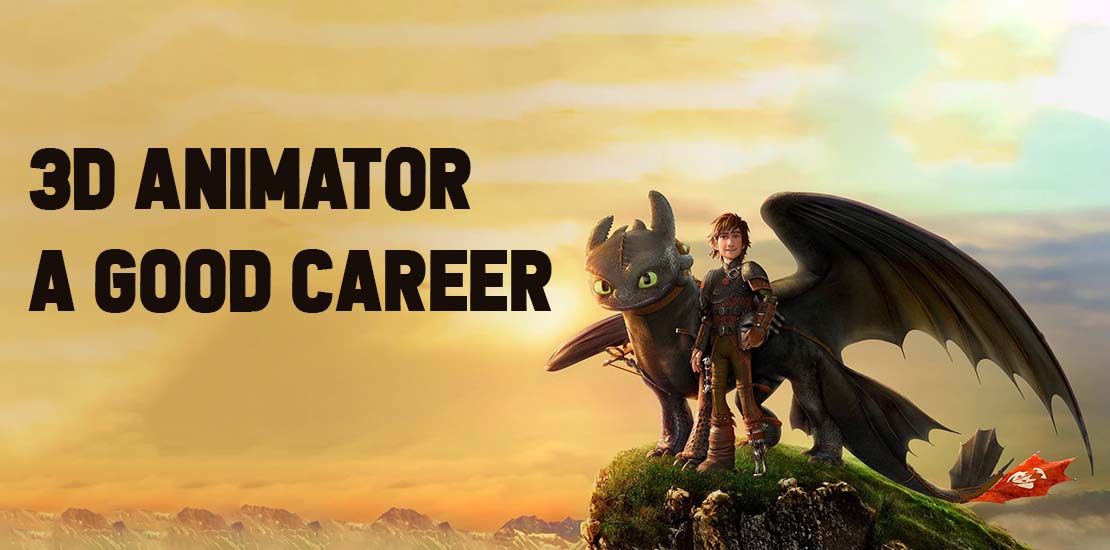Table of Contents
# Why is animation useful to students?
# How does 3d animation differ from 2d animation?
# Conclusion
In the realm of education, animation emerges as a transformative and influential tool that holds tremendous value. Its unique ability to blend creativity, interactivity, and visual storytelling creates a dynamic and immersive learning environment. As learners are transported into a realm of moving images, animation becomes a catalyst for effective and engaging educational experiences. As Albert Einstein once said, “Imagination is more important than knowledge.” Animation ignites imagination, enabling learners to explore ideas and concepts beyond the confines of traditional teaching methods.
In this blog, we delve into the advantages of animation for students, focusing on both 3D animation in Kolkata and 2D animation courses. We explore the differences between 3D and 2D animation.
Why is animation useful to students?
Animation is highly useful to students for various educational purposes. Here are some reasons why animation is beneficial for students:
Visual Learning:
- Students that learn best visually may find animation to be very beneficial because it provides a visual and interactive learning environment.
- Simpler, more easily comprehensible explanations of complicated ideas can be found in animated content, which can also convey them in visually appealing ways.
- This improves knowledge comprehension, information retention, and recall.
Engaging and Motivating:
- Animation has the ability to captivate students’ attention and make learning more enjoyable.
- By using animated videos, interactive exercises, and gamified learning experiences, students are more likely to remain engaged and motivated to learn.
- Animation can transform potentially dry or abstract subjects into dynamic and exciting learning experiences.
Concept Visualization:
- Animation aids students in understanding difficult-to-understand abstract or complex ideas.
- It can simplify and visually appealingly depict scientific procedures, historical events, mathematical concepts, and more.
- This graphic representation aids in conceptual understanding and improves student comprehension of the material.
Experiential Learning:
- Students can experience and investigate ideas through animation that are otherwise inaccessible.
- For instance, in physics or biology, animations can represent tiny or macroscopic processes, allowing students to virtually investigate and comprehend ideas that are difficult to observe in real life.
- Through experience learning, comprehension can be improved and learning can become more interesting.
Multisensory Learning:
- An interactive, multimodal learning experience can be created with animation by combining interactive, audio, and visual components.
- By encouraging pupils to use many senses, this method improves knowledge and memory retention.
- An engaging and immersive learning environment can be created with animations by adding narrative, sound effects, and interactive exercises.
Self-paced Learning:
- Animated educational content can be designed for self-paced learning, allowing students to proceed at their own speed.
- They can pause, rewind, and rewatch animations to reinforce understanding and review difficult concepts.
- This flexibility accommodates individual learning styles and preferences.
Collaboration and Creativity:
- Students have the chance to work together and express their ideas through animation.
- Teams can collaborate to produce animated projects, encouraging cooperation, communication, and problem-solving abilities.
- Students can also develop their own imaginative concepts, narrative skills, and artistic abilities through animation.
Practical Application of Skills:
- Students must learn a variety of abilities in order to create animations, including technical expertise, planning, storytelling, and critical thinking.
- Many professions, including animation, media production, graphic design, and the creative industries, can benefit from and use these skills.
Overall, animation provides students with a dynamic and engaging learning experience that aids in concept visualization, knowledge retention, and the development of essential skills. It adds an element of fun and creativity to the learning process, making it an effective educational tool. There are many institutions who provide structured curriculum for 2d and 3d animation but these courses are popular in Kolkata. Many students do 2d animation course in Kolkata because of practical experience and structured curriculum.
How does 3d animation differ from 2d animation?
3D animation and 2D animation differ in several aspects, including their visual style, creation process, and the techniques used. Here are some key differences:
3D Animation
- Visual Style: 3D animation creates the illusion of movement through the manipulation of three-dimensional objects in a digital environment. It uses computer-generated models, textures, and lighting to create realistic or stylized 3-dimensional visuals.
- Creation Process: 3D animation involves creating virtual 3-dimensional models of characters, objects, and environments using specialized software. These models are then rigged with a digital skeleton, and animators use keyframes or motion capture to define their movements. The computer software then calculates the in-between frames to create a smooth animation.
- Depth and Perspective: 3D animation inherently incorporates depth and perspective as it utilizes a three-dimensional environment. Objects can be positioned in 3D space, and the camera can move around them, providing a realistic sense of depth and perspective.
- Complexity and Realism: 3D animation allows for a higher level of complexity and realism. It can simulate lighting, physics, and realistic movements, making it suitable for creating lifelike characters, detailed environments, and natural phenomena.
- Applications: 3D animation is prevalent in animated movies, visual effects, video games, architectural visualization, product design, medical and scientific visualization, and virtual reality experiences. Its ability to create realistic or stylized 3D worlds makes it suitable for a wide range of applications.
2D Animation
- Visual Style: 2D animation creates the illusion of movement through a sequence of hand-drawn or digitally created 2-dimensional images. It typically has a flat and stylized look, with characters and objects appearing in a two-dimensional plane.
- Creation Process: In 2D animation, each frame is hand-drawn or digitally created by an artist. These frames are then sequenced to create the illusion of movement. Traditional 2D animation can be done using traditional cel animation or digitally using software like Adobe Animate.
- Depth and Perspective: 2D animation is limited to a flat plane, and the illusion of depth and perspective is created through artistic techniques such as overlapping, scaling, and shading.
- Complexity and Realism: 2D animation is often characterized by its simplicity and stylized visuals. It can convey emotions and storytelling effectively, but it may not have the same level of realism as 3D animation.
- Applications: 2D animation is often characterized by its simplicity and stylized visuals. It can convey emotions and storytelling effectively, but it may not have the same level of realism as 3D animation.
Both 2D and 3D animation have their unique strengths and artistic styles, and the choice between them depends on the desired visual style, project requirements, and the creative vision of the animators and filmmakers. If you want to learn more about 3d animation then go for George Animatrix, a college well renowned for 3d animation in Kolkata.
Conclusion
Animation is a valuable educational tool that brings numerous benefits to students. Whether it’s 3D animation in Kolkata or 2D animation courses, the dynamic and engaging nature of animation enhances visual learning, captivates students’ attention, and simplifies complex ideas. Animation enables concept visualization, experiential learning, and a multisensory approach to education. Its self-paced nature accommodates individual learning styles, while fostering collaboration, creativity, and the development of essential skills.
By offering practical application of various abilities, animation prepares students for careers in animation, media production, graphic design, and other creative industries. Embracing the power of animation in education unlocks a world of possibilities for students, making learning more enjoyable, immersive, and effective.
Direction: https://goo.gl/maps/ZfLY242Kzddj9e3V6



